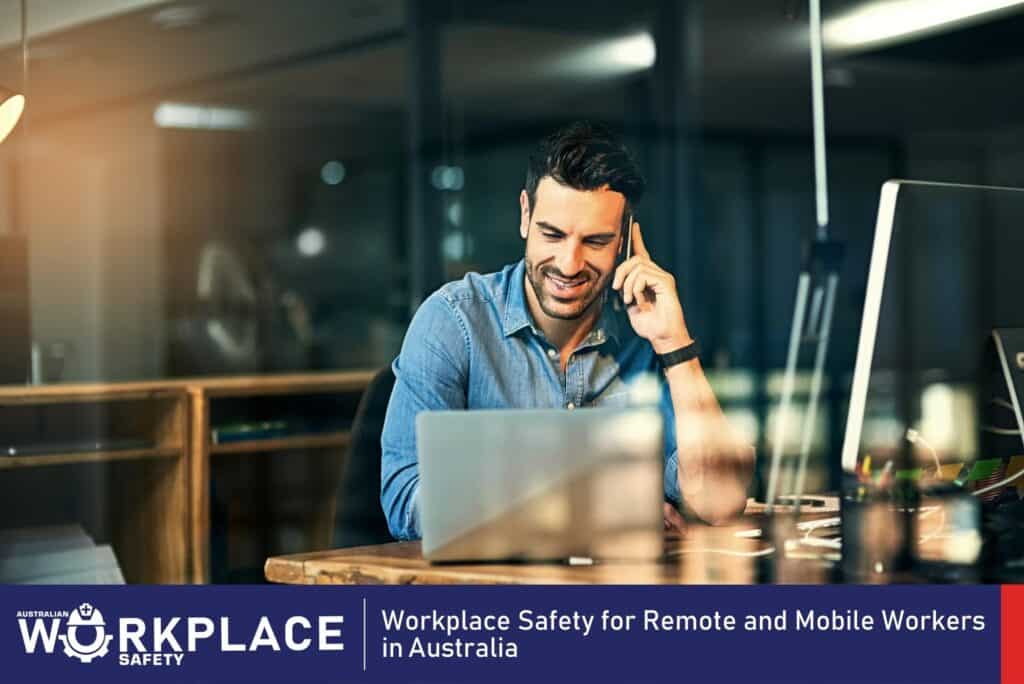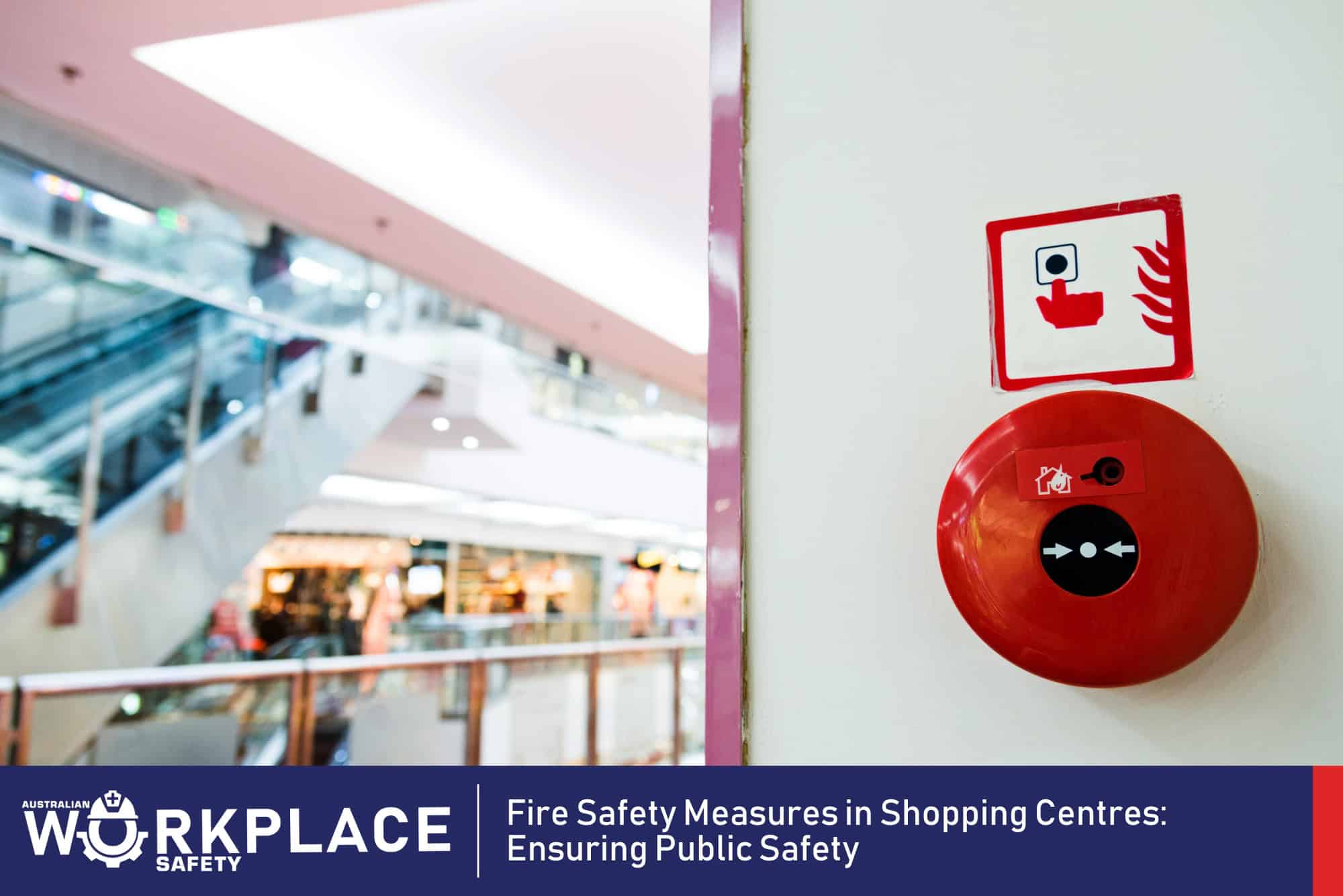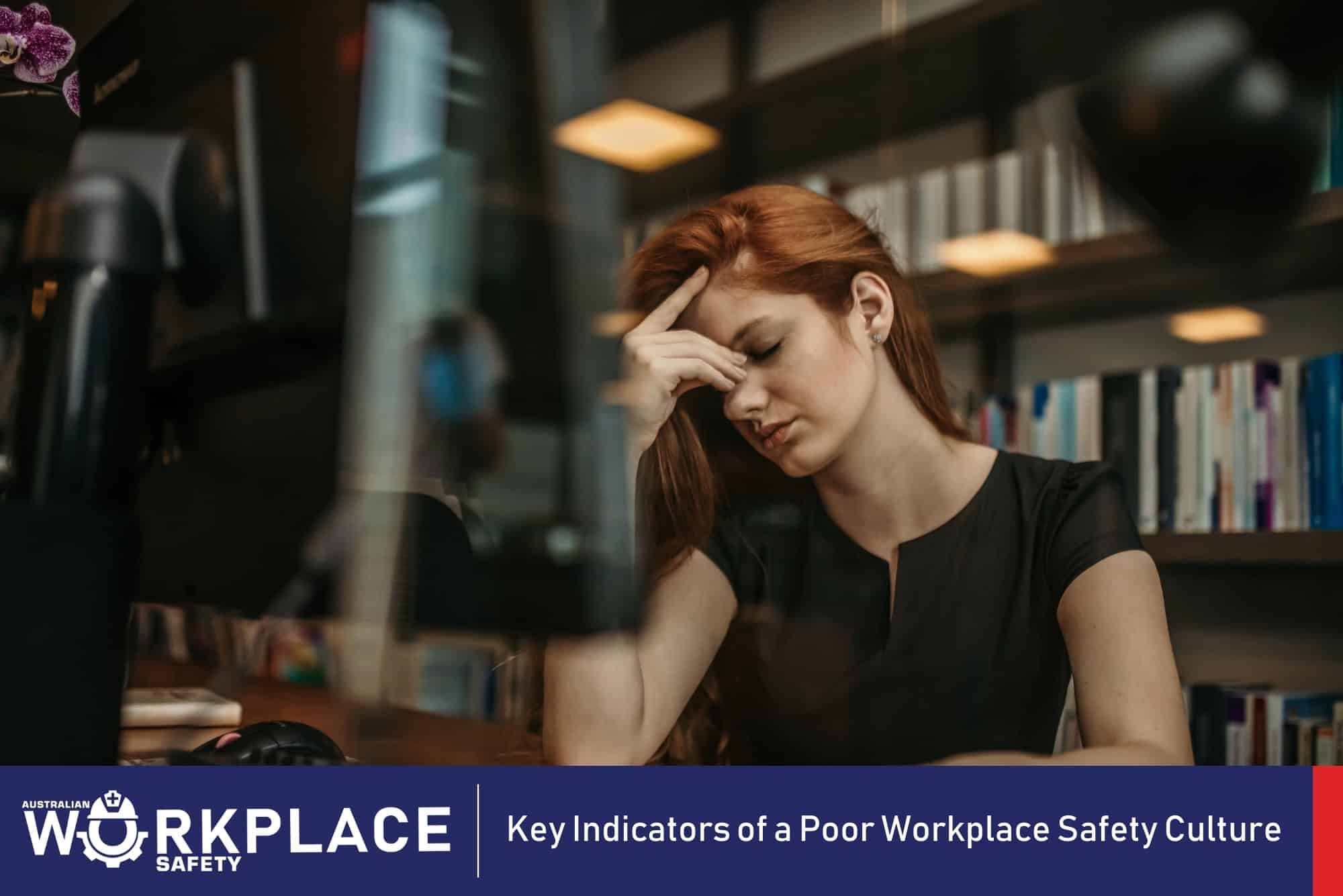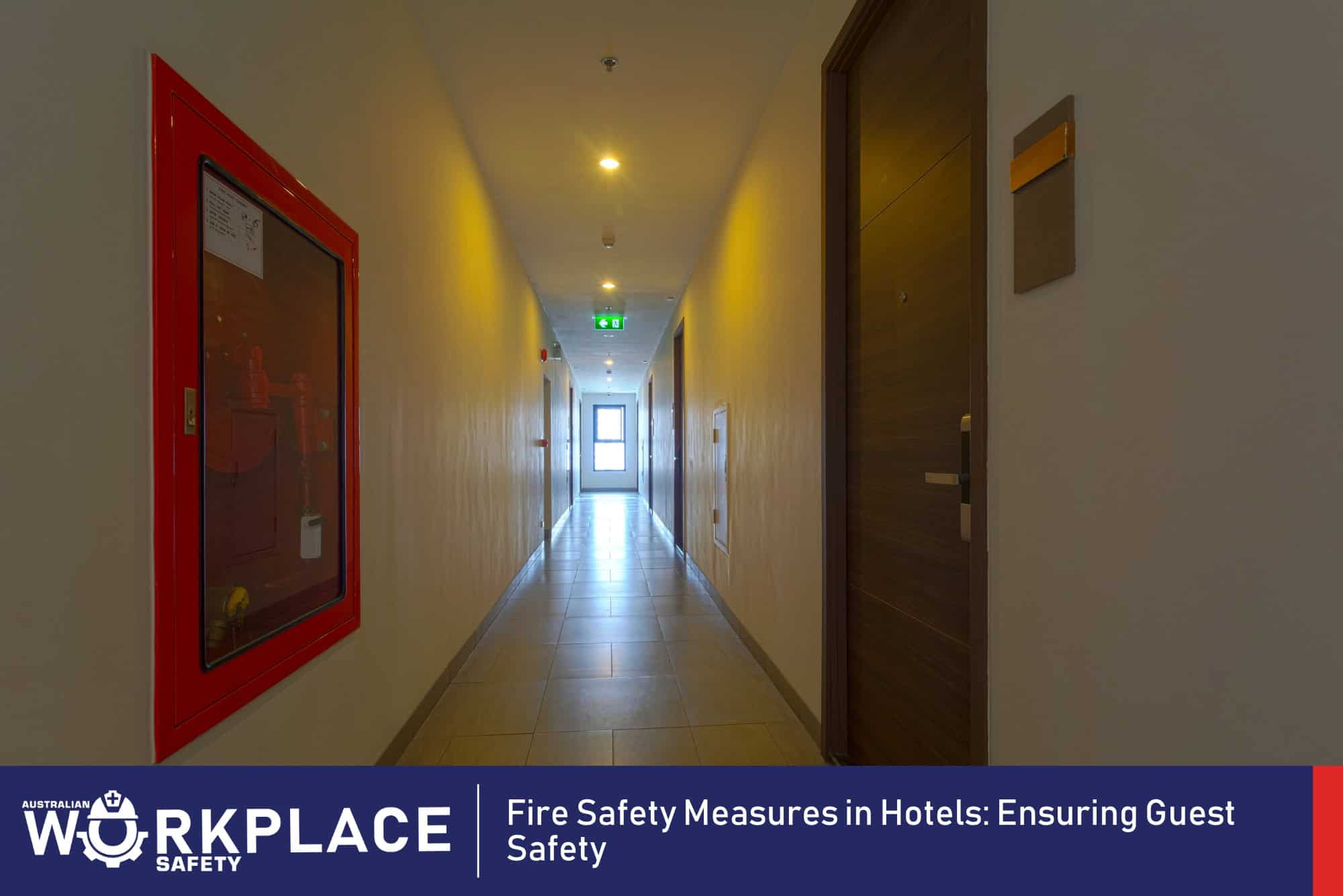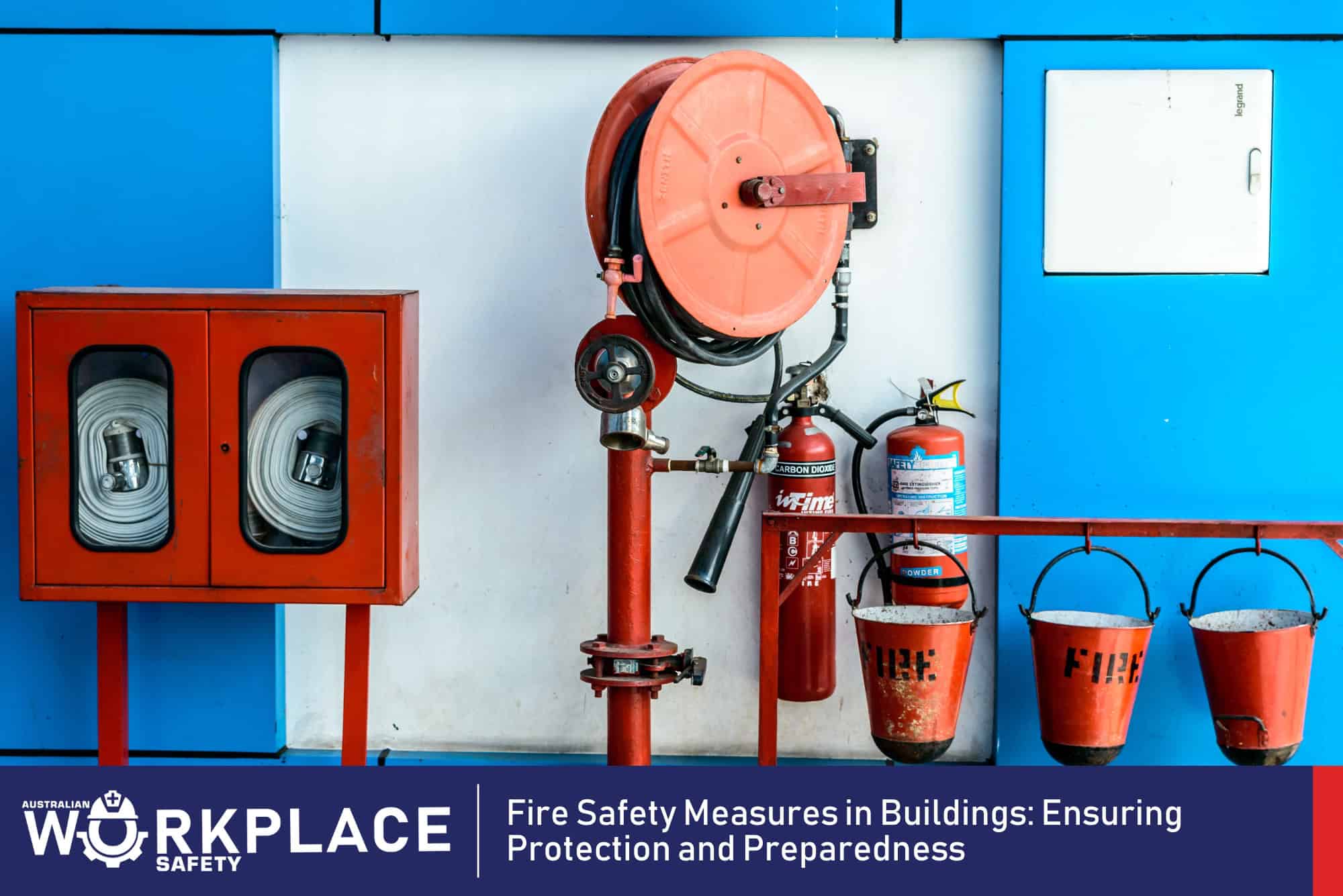As the nature of work evolves, an increasing number of employees in Australia are embracing remote and mobile work arrangements. While these flexible work options offer numerous benefits, they also present unique safety challenges. Ensuring the well-being of remote and mobile workers is essential for their productivity and overall job satisfaction.
In this article, we will explore key safety considerations for remote and mobile workers in Australia and provide practical tips to promote a safe work environment, regardless of the location.

Ergonomic Considerations
Remote workers often have more control over their workspace setup. Employers should provide guidance on ergonomics to avoid common issues such as back pain, eye strain, and repetitive strain injuries:
- Proper Workspace Setup – Encourage workers to have an ergonomically friendly chair, adjustable desk, and monitor positioned at eye level to maintain a healthy posture.
- Regular Breaks – Remind workers to take regular breaks to stretch, move around, and rest their eyes.
Cybersecurity Awareness
With remote work comes an increased reliance on digital tools and communication platforms. Ensure remote workers are well-informed about cybersecurity best practices:
- Secure Network Connection – Advise employees to use secure Wi-Fi networks and avoid public or unsecured connections for work-related tasks.
- Password Security – Implement strong password policies and encourage the use of two-factor authentication for all work-related accounts.
Emergency Procedures
Remote and mobile workers should be aware of emergency procedures, even when working outside of the traditional office environment:
- Emergency Contact Information – Maintain up-to-date emergency contact information for all remote workers and provide them with relevant local emergency numbers.
- Evacuation Plans – Ensure remote workers are familiar with evacuation procedures, especially if they occasionally visit company facilities.
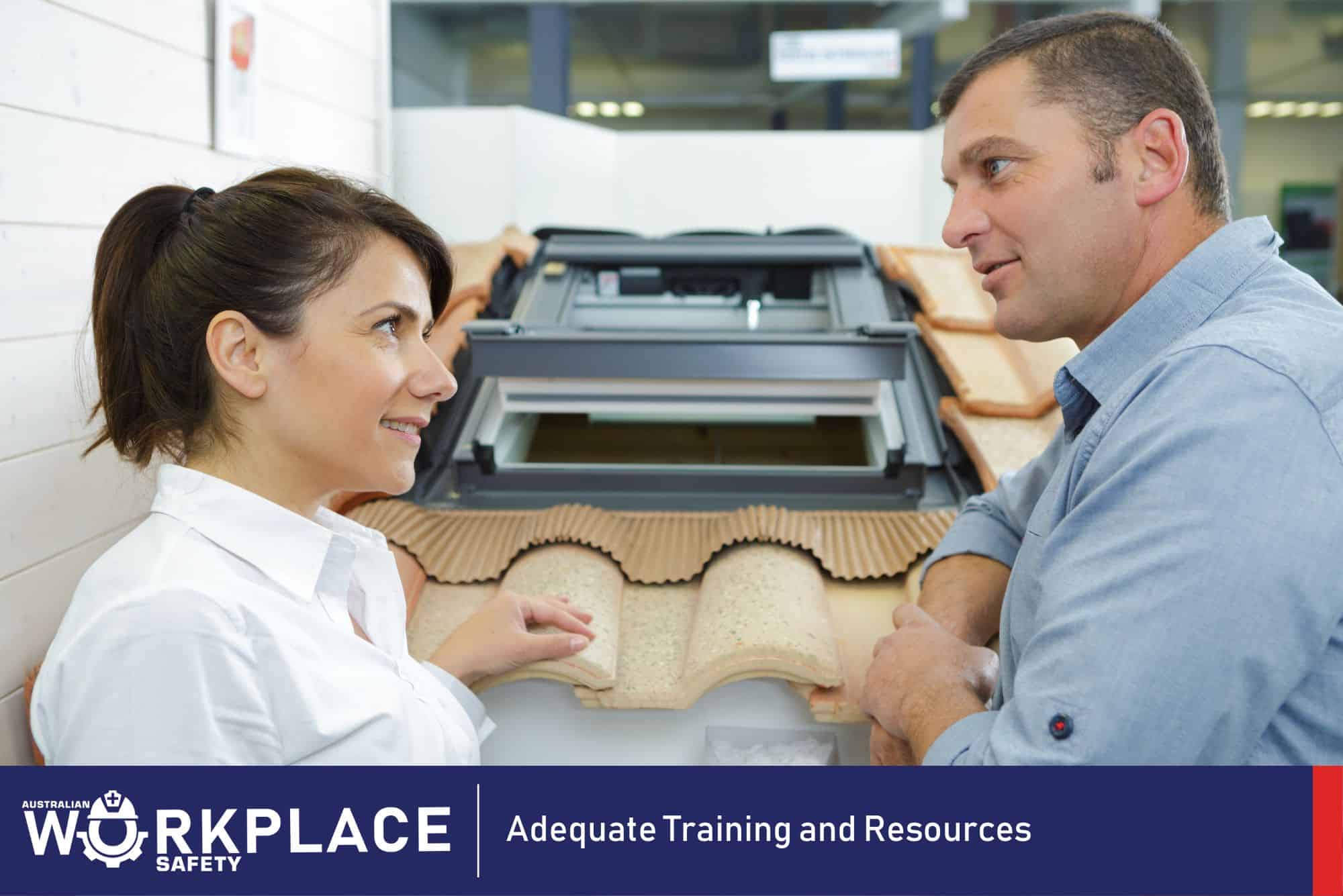
Adequate Training and Resources
Empower remote and mobile workers with the necessary knowledge and resources to work safely:
- Safety Training – Offer remote-specific safety training sessions that cover topics such as ergonomics, cybersecurity, and emergency procedures.
- Access to Safety Documentation – Provide easy access to safety policies, procedures, and guidelines in a digital format.
Mental Health and Well-being
Isolation and the blurring of work-life boundaries can impact remote workers’ mental health. Employers should prioritise their well-being:
- Regular Check-ins – Schedule regular virtual meetings to check on the well-being of remote workers and provide opportunities for open communication.
- Encourage Work-Life Balance – Promote the importance of setting clear boundaries between work and personal life to prevent burnout.
Vehicle Safety (for Mobile Workers)
Mobile workers who travel as part of their job should follow safe driving practices:
- Vehicle Maintenance – Encourage regular vehicle maintenance checks to ensure roadworthiness.
- Safe Driving Policies – Establish and communicate safe driving policies, including adhering to speed limits and avoiding distractions while driving.
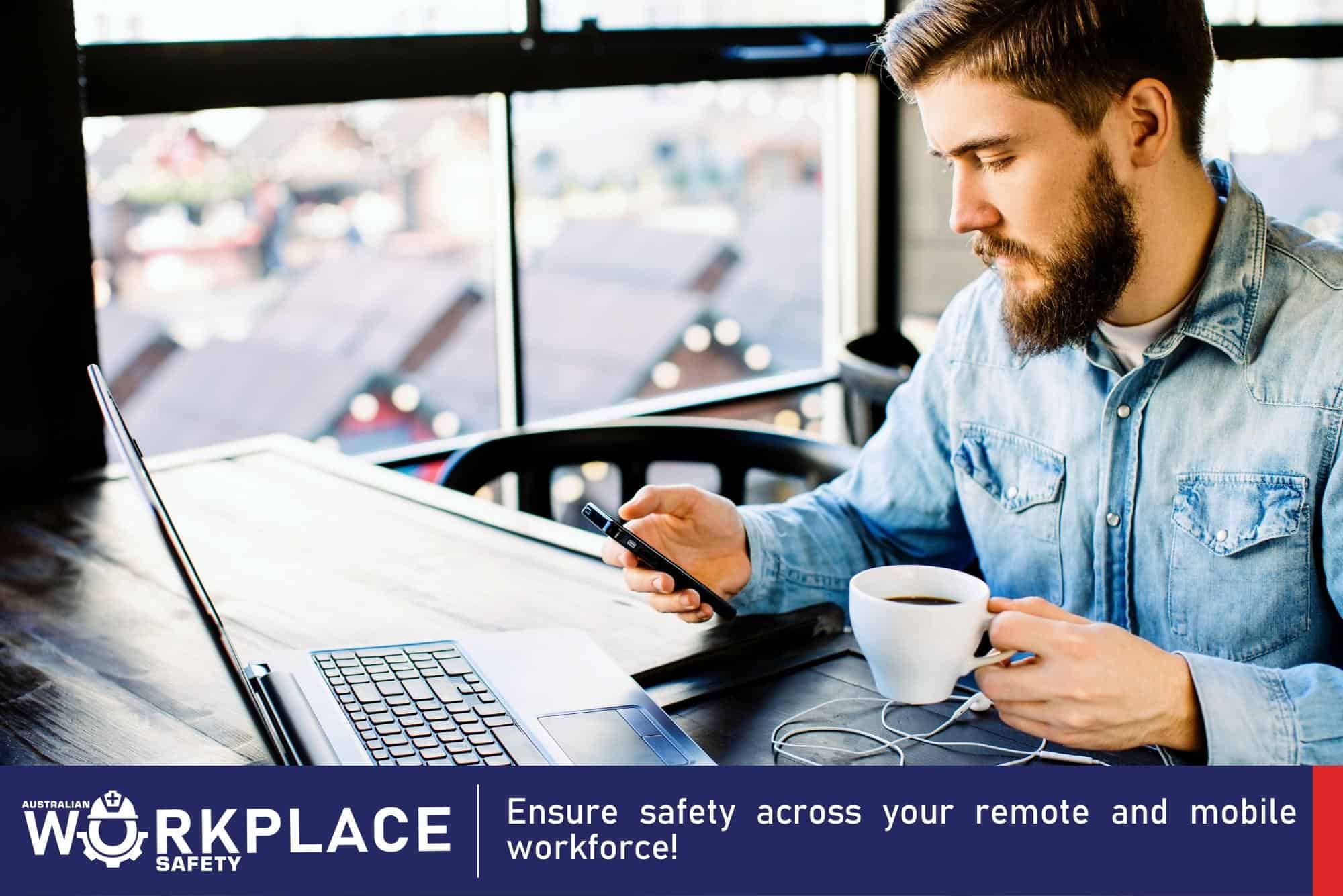
Ensure safety across your remote and mobile workforce!
Prioritising workplace safety for remote and mobile workers in Australia is crucial to their health, productivity, and overall job satisfaction. Employers must provide the necessary guidance, training, and resources to support these workers in maintaining a safe work environment, whether they work from home or travel frequently. By fostering a safety-conscious culture and addressing the unique challenges of remote and mobile work, organisations can ensure the well-being of their dispersed workforce.
Disclaimer: The information provided in this blog is intended for general informational purposes only. The safety practices outlined are based on general principles and may not address specific workplace conditions or legal requirements. It is important for employers and employees to consult with relevant occupational health and safety authorities, legal professionals, and industry-specific guidelines to ensure compliance with applicable laws and regulations. Every workplace is unique, and safety practices should be tailored to specific circumstances and risks. The author and publisher of this blog are not liable for any damages or losses that may arise from the use or implementation of the information provided.
